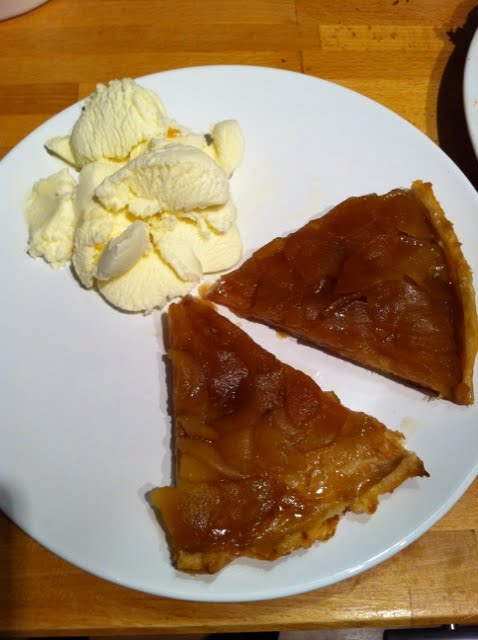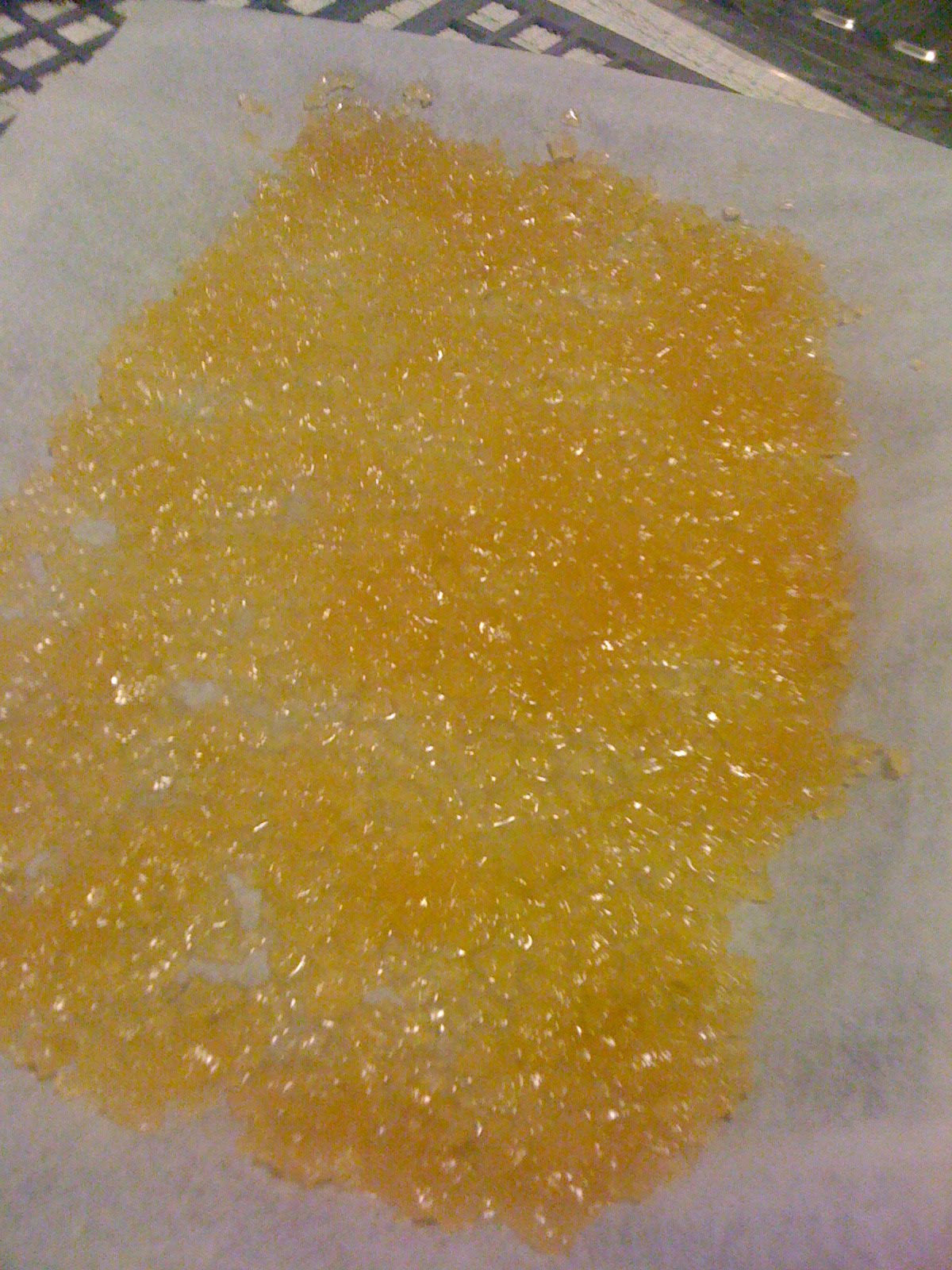 Scrambled eggs is one of my favorite things for weekend breakfast.
Scrambled eggs is one of my favorite things for weekend breakfast.
I like them quite rich and luscious, served on toasted sourdough bread with some minced chives and fleur de sel sprinkled on top.
A note on butter: I always use unsalted butter when cooking. This gives me more control over seasoning.
This serves two persons.
Ingredients for the Scrambled eggs:
4 large eggs (organic and free range, bien sûr)
35g butter
2 tsp creme fraiche
Salt
Pepper
Chives, very finely chopped (optional)
Fleur de Sel (optional)
Preparing the Scrambled eggs:
Crack the eggs into a small to medium thick bottomed sauce pan. Add about 25g of the butter and a pinch of salt. Put on the hob over medium to low heat. Stir to combine. Once the eggs are combined leave for 10 seconds without stirring. This will make the curds bigger. Stir continuously and repeat the 10 second stirring break a few more times. If the eggs seems to scramble too quickly take the sauce pan of the heat. When the scrambled eggs are almost as done as you like them take the pan off the heat. Stir in the remaining sliver of butter if you want and add the creme fraiche. The creme fraiche gives the scrambled eggs a little bit of acidity and a nice creamy texture. Stir in a bit of freshly milled pepper if you wish. Check seasoning and adjust if necessary.
Put the scrambled eggs on toasted bread and top with a tiny sprinkle of fleur de sel (a nice texture contrast and burst of saltiness) and the chives.











